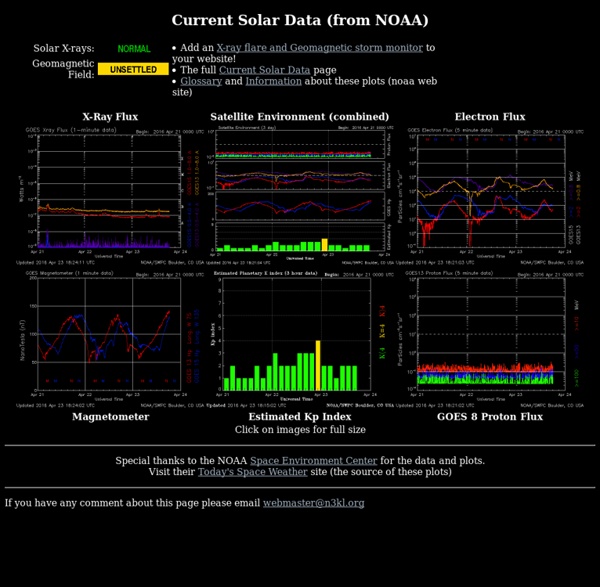



Le Centre de Recherches sur l'Ordre Mondial Le blog de suivi-soleil.over-blog.com Crashdebug.fr, l'actu sans détour Alternate News-Information 100 Ratings, April 2011 Top 100 Most Popular Alternate News Sites DBKP’s top 100 sites featuring Alternate News and Information. Originally posted at DBKP Reports. DBKP Reports has released its ratings of the top 100 most popular Alternate News-Information websites on the Internet. Ratings are based on the sites’ 3-month average of Alexa worldwide traffic as ranked on April 7-8, 2011. The ANI has expanded from 80 to 100 slots. The ANI 100′s top five most popular sites is led by Info Wars, Above Top Secret and Godlike Productions, followed by Dr. Alternate News-Information covers a lot of ground; our broad definition: all these sites cover information or news not generally featured in the Corporate Mainstream Media (CMM). Notes follow after the ratings.
Contre-Info – l'information alternative Aux infos du nain Le Blog de Pierre Jovanovic 2008 - 2013 : REVUE DE PRESSE INTERNATIONALE LA VRAIE INFORMATION REND LIBRE (LE MONDE A VOLONTAIREMENT IGNORÉ L'ASSASSINAT DE D. ROSSI) cliquez sur l'image pour mon reportage NOTE: le reportage d'ARTE n'a même pas osé dire que David Rossi a été battu et que sa montre est tombée bien après sa chute... Incroyable mais habituelle lâcheté des journalistes de télévision. De notre lecteur Willy " voici la base de données LE MONDE - DECODEX LIEN ICI (à sa sortie... elle évoluera par la suite sans doute). C'est assez intéressant de la parcourir d'un bloc, plutôt que de le faire site par site... vous comprendrez pourquoi... Avec quelques lignes de code, un programmeur un peu expérimenté arrivera à la mettre en forme... De notre lecteur Sacha: " comme en France (Le Monde), en Allemagne la guerre contre le " Fake News " (la vérité) a debuté. - 925.000 euro de Brost-Stiftung => fondation très près de FUNKE-Mediengruppe (groupe Media) - - 114.000 euro de Stiftung Adessium => fondation Néerlandaise, connue pour être aux alentour de Mr. LoL M.
La rubrique des moutons écrasés Christ Roi Le citoyen engagé | Un regard citoyen sur notre réalité Epouvantails, autruches et perroquets | 10 ans de journalisme après le 11 septembre Site Jean-Pierre Petit Nouveautes . 20 Juin 2019: Je ne participerai pas au colloque de Saint Petersbourg du 24-28 juin. Explications. Les gens ayant fait des dons pour cette mission sont priés de se manifester en donnant leurs noms, adresse et montants de leurs dons à . 19 Mai 2019 : Mon nom a purement et simplement été supprimé de la liste des participants au colloque donné en l'honneur du mathématicien Jean-Marie Souriau, sans que ceci m'ait été signifié. Vous pourrez assister aux exposés science/philosophie en vous inscrivant (allez sur participants et cliquez sur reserve your place, puis envoyez le message), ceci, comme mentionné, à condition de pouvoir faire état d'une affiliation académique. 29 avril 2019 :Avant l'incendie de Notre-Dame un vaste projet d'exploitation de l'île de la Cité pour en faire un centre touristique, un projet à un milliard d'euros, existait déjà, avec réaménagement des nombreux espaces propriété de l'Etat. 26 avril 2019 : Merci aux donateurs. Janus 27. 8/1/19 : Janus 26. Lien
Les moutons enragés